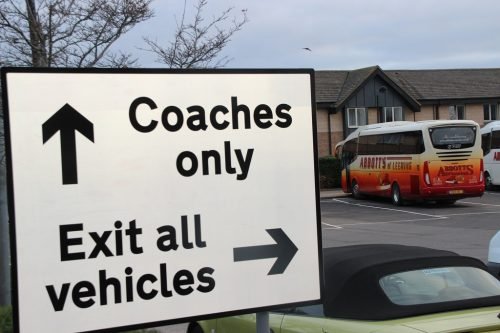
Our insider argues that coach parking at some services needs to be better laid out so that passengers are closer to facilities and can access them more safely
The 39 Steps was a 1915 adventure novel written by John Buchan and adapted 20 years later by Alfred Hitchcock into a film. As a melodrama, an actress plays the three women with whom the hero has romantic entanglements and two other actors play every other character in the show: heroes, villains, men, women, children and even the occasional inanimate object, but I digress.
In a 12m coach it takes 27 steps to walk up to the rear of the saloon including the entry steps – go and count them. That means that if as a passenger you’re sat on one of the rear seats, every time you stop at the services for a comfort break you’re close to 50 steps further away (having got on the first place, and then disembarked) than someone sitting at the front. In the main passengers won’t say a word about the footfall involved despite it being a journey they could make at least three times on a long trip. […]
By subscribing you will benefit from:
- Operator & Supplier Profiles
- Face-to-Face Interviews
- Lastest News
- Test Drives and Reviews
- Legal Updates
- Route Focus
- Industry Insider Opinions
- Passenger Perspective
- Vehicle Launches
- and much more!


